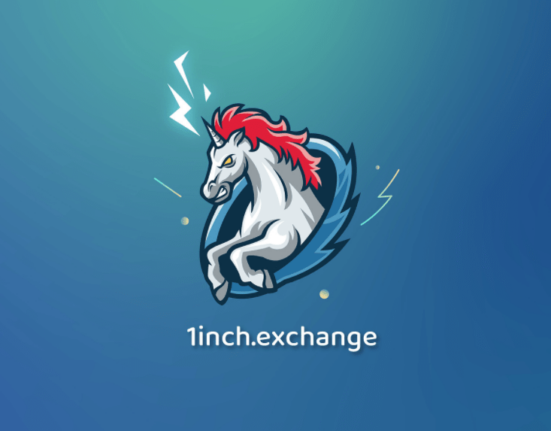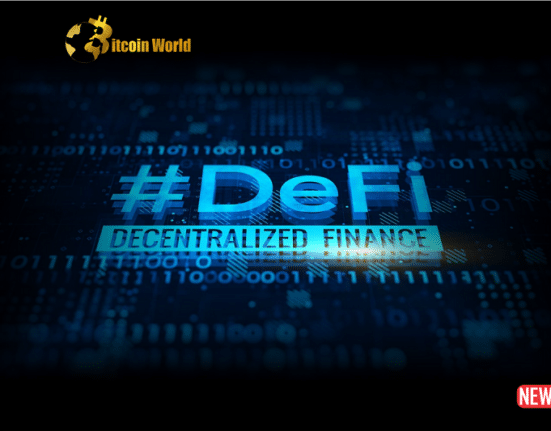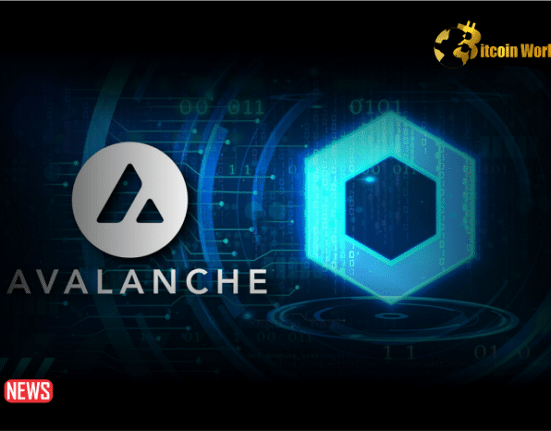A consultation paper on the digital pound, a U.K. Central Bank Digital Currency (CBDC), was published by the Bank of England and the UK Treasury yesterday and included a brief mention of Ripple’s technology. The Central Bank of England outlines the CBDC’s potential structure and justification for considering its debut in the 116-page report.
In a recent article, the Bank of England (BoE) examines the use of Ripple‘s Interledger Protocol for synchronized payment settlement.
THE BANK OF ENGLAND
The Bank of England’s latest move demonstrates how central banks are becoming more interested in blockchain technology. The title of the research paper is “Ripple: Exploring the Synchronized Settlement of Payments Using the Interledger Protocol.”
The BOE thinks that the Ripple protocol, which enables synchronized settlement across different ledgers, could have a substantial impact on the cross-border payments sector. The protocol may link various payment networks, including those used by banks and digital assets.
The protocol’s primary goal is to establish a quick and effective payment ecosystem. The article details the outcomes of the Bank of England’s integration of Ripple’s protocol with RTGS systems.
Transactions can now happen quicker and more effectively than with conventional payment methods thanks to integration.
In order to better understand how CBDC, in this case, the digital pound, could be used in British society, the Bank of England and the Treasury held a public consultation earlier this year.
CBDC is advancing quickly in various financial sectors. The case of the digital euro, which the European Union regulators are looking into, is one specific example.
WHAT IS XRP? AND WHAT DOES IT HAVE TO DO WITH RIPPLE?
The cryptocurrency token XRP was developed to transfer transactions away from closed infrastructure and financial institution-controlled central databases with significant cost savings. The trustless, rapid, and inexpensive characteristics of XRP transfers are advantageous for cross-border transactions.
One of the broadest goals in the cryptocurrency sector is pursued by the 2012-introduced coin. Supporters of The XRP Ledger, the software that enables use of XRP, offered a new technique to operate blockchains that they believe is more suitable for transactions.
Processing power contributions, transaction verification, and software security for the Bitcoin blockchain are all open to everyone. On the other hand, the XRP Ledger limits who can participate in network security and transaction validation.
KNOWING THE DIFFERENCE BETWEEN XRP AND RIPPLE
In some articles and publications, Ripple and XRP are frequently used interchangeably. It’s important to understand that they are separate entities: XRP is a cryptocurrency, whereas Ripple is a for-profit company that promotes and supports XRP, the software that underpins it (the XRP Ledger), and several other initiatives with a transactional focus. The company, though, is adamant that the two are separate.
In September 2012, Ripple was founded under the name OpenCoin, one year after the XRP Ledger project had started. Ripple Labs was formerly known as OpenCoin before deciding on Ripple in 2015. The XRP Ledger had previously been known as the Ripple open payments system, the Ripple Consensus Ledger, and finally the XRP Ledger.















